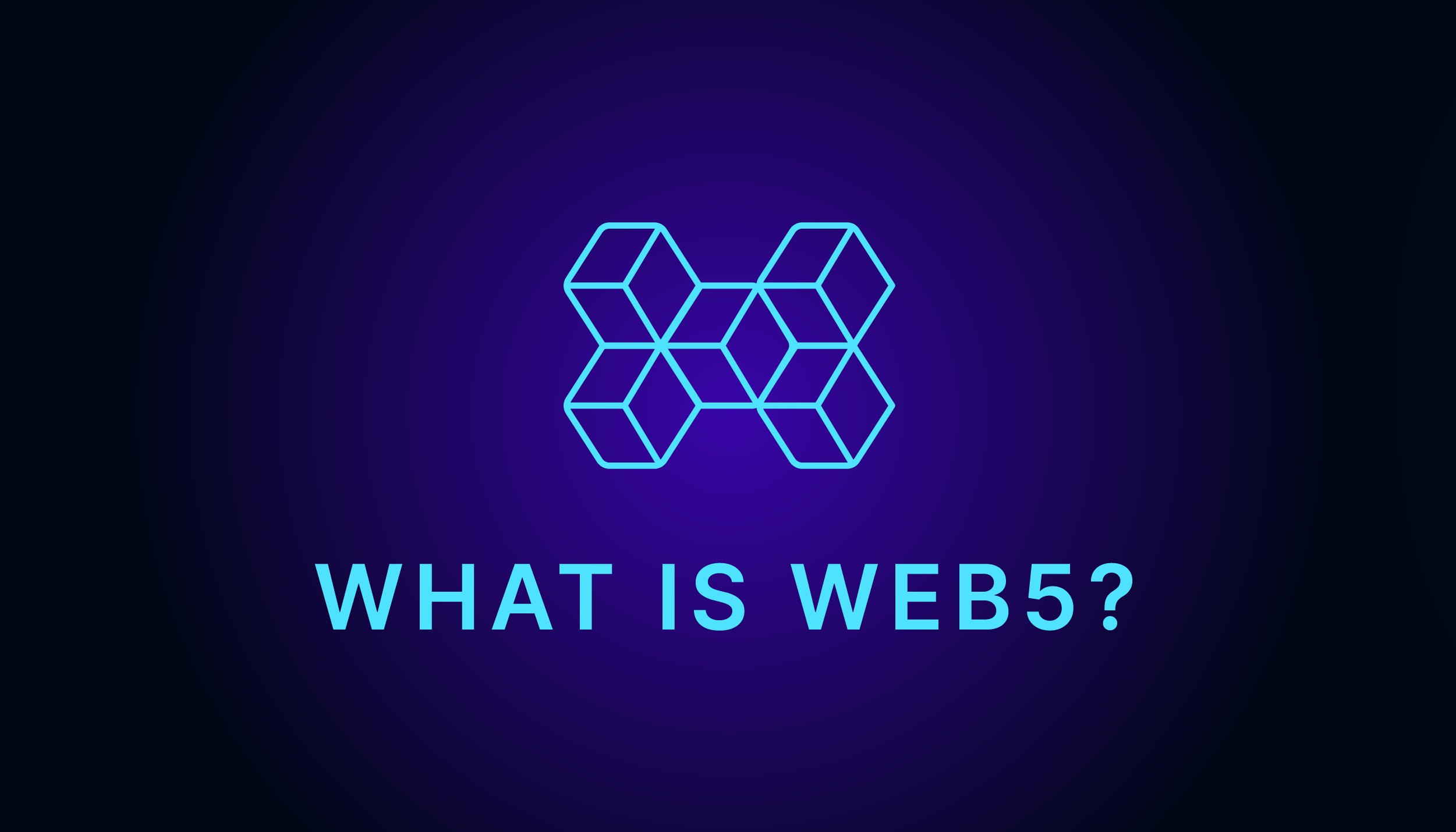Unleashing the Power of Web5: A Decentralized Revolution
 Sulayman Adebayo
Sulayman Adebayo
Introduction
The internet, once envisioned as a decentralized utopia, has evolved into a landscape where users relinquish control over their data and identity to centralized entities. Web5 emerges as a transformative force, aiming to redefine this paradigm by providing a decentralized platform with a new identity layer for the web. In this article, we will explore the key components of Web5, its pillars, and the revolutionary changes it brings to the digital landscape.
Understanding the Pillars of Web5
Web5 rests on three pillars, each grounded in open standards: Decentralized Identifiers (DIDs), Verifiable Credentials, and Decentralized Web Nodes (DWNs).
1. Decentralized Identifiers (DIDs)
In the current web model, identifiers like email addresses and social media handles are owned and controlled by service providers. DIDs, as per the W3C standard, introduce a new era where users own and control their identifiers. These identifiers have a standardized structure and can be anchored on a decentralized network like ION, running on top of Bitcoin, ensuring a decentralized and secure identity authentication process.
{
"id": "did:ion:EiClkZMDxPKqC9c-umQfTkR8",
"verificationMethod": [...],
"authentication": [...]
}
2. Verifiable Credentials
Verifiable Credentials, a W3C standard, work in tandem with DIDs, enabling trustless interactions. For instance, a user, Alice, can prove her bank account ownership by presenting a cryptographically signed Verifiable Credential issued by her bank. This fosters a secure, machine-readable way of sharing credentials across the web, reducing the need for mutual trust between parties.
3. Decentralized Web Nodes (DWNs)
DWNs revolutionize data storage by allowing users to decouple their data from applications. Unlike traditional centralized data stores, DWNs empower users to host their data on their personal nodes. BlueSky, a decentralized version of Twitter, exemplifies this shift, where tweets and connections are stored with the user rather than the application. DWNs, stored in decentralized storage systems, offer a foundation for building a variety of decentralized apps and protocols.
{
"id": "did:web:example.com:u:alice",
"service": [...],
"verificationMethod": [...],
"authentication": [...]
}
Building a Decentralized Future
Identity Wallets
To simplify the complexity of managing DIDs, VCs, and DWNs, Web5 introduces Identity Wallets. These mobile apps offer a user-friendly interface, allowing individuals to manage credentials, authorize access, and interact with decentralized web nodes seamlessly.
Decentralized Web Apps (DWAs)
Web5 empowers developers to build Decentralized Web Applications (DWAs) on an open-source platform. DWAs leverage the decentralized nature of Web5, allowing developers to focus on their applications while ensuring decentralization, identity management, and data control are inherent features.
Practical Implementation with Web5
Let's explore a practical example of building a decentralized application (DApp) on the Web5 platform in under 5 minutes.
Installation
Create a directory for your Web5 app.
mkdir web5-app cd web5-appInstall Web5 using npm.
npm init -y npm install @web5/apiImport Web5 in your
index.jsfile.import { Web5 } from '@web5/api';
Instantiating Web5 and Creating DID
const { web5, did: aliceDid } = await Web5.connect();
Writing, Reading, Updating, and Deleting DWN Records
// Writing a record
const { record } = await web5.dwn.records.create({
data: 'Hello, Web5!',
message: {
dataFormat: 'text/plain',
},
});
// Reading the record
const readResult = await record.data.text();
// Updating the record
const updateResult = await record.update({
data: 'Hello, Web5! I am updated.',
});
// Deleting the record
const deleteResult = await record.delete();
How Web5 Reshapes Web Applications
1. Music Applications
Web5 enables seamless data sharing across applications. In this scenario, Groove and Tidal access Alice's DWN, allowing her music playlist to be available on both platforms. Continuous utilization of data enhances user experience, demonstrating the power of decentralized data sharing.
2. Travel Applications
Coordinating travel details scattered across various apps becomes effortless with Web5. By granting access to reservation and trip-related data on her DWN, Alice ensures that her hotel, airline, and rental car agency can adapt to any changes, offering a unified travel experience.
Conclusion: Embracing the Future with Web5
Web5 heralds a new era of decentralized web applications, providing a foundation for developers to focus on their applications while incorporating decentralization, identity, and data management seamlessly. From decentralized identifiers to verifiable credentials and decentralized web nodes, Web5 paves the way for a more user-centric and secure digital landscape. As we build and explore the possibilities on this decentralized platform, the future of the web looks more promising and user-friendly than ever before. Web5 is not just an evolution; it's a revolution in the making.
Subscribe to my newsletter
Read articles from Sulayman Adebayo directly inside your inbox. Subscribe to the newsletter, and don't miss out.
Written by
